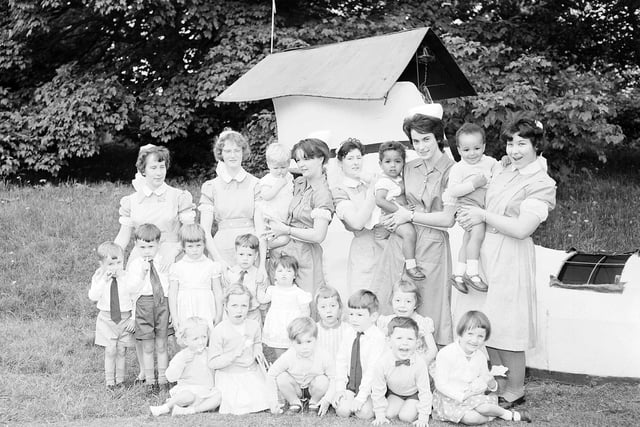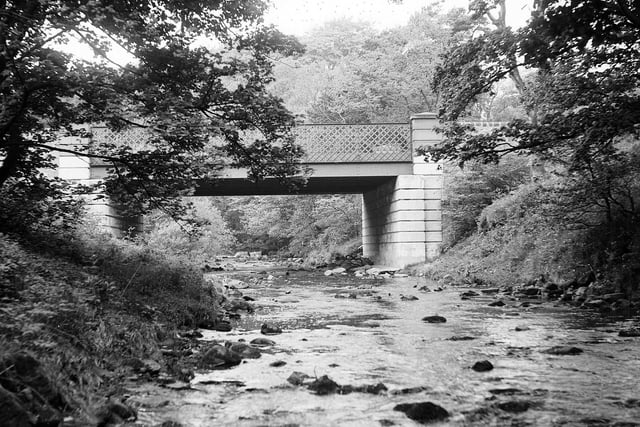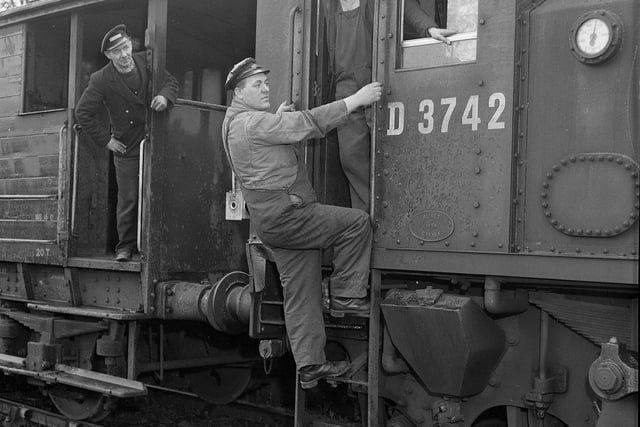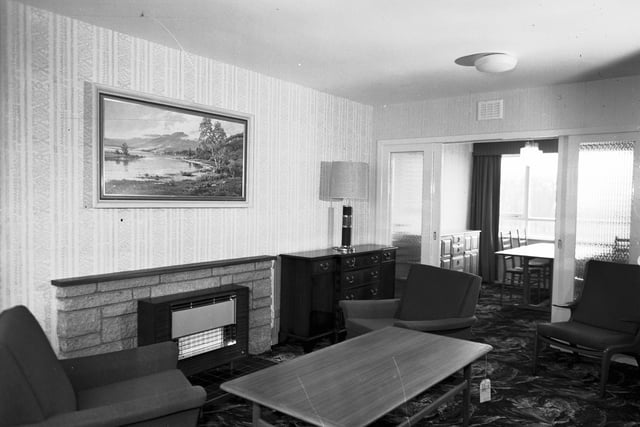Balerno’s name comes from the Scottish Gaelic phrase ‘Baile Àirneach’, which means ‘town of the hawthorns’ – referring to the trees that grow locally.
There is evidence of human habitation in Balhernoch, or Balernach, as it was first know, dating back to the late 13th century, but it wasn’t until the 18th century that the area was substantially developed.
Prior to that the main building in the area was the 17th century Malleny House, which is now owned by the National Trust for Scotland.
The village’s location on the Water of Leith and its Bravelaw Burn tributary, made it a popular sport for industry, with many flax, snuff and paper mills being built there.
The Balerno Bank Paper Mill was the last to close in the early 1990s.
After the First World War there were multiple new house building projects in Balerno, with residential property use soon dwarfing the industrial.
Its popularity as a place to live grew when the Caledonian Railway built the Balerno line, connecting the village to the centre of Edinburgh.
The railway closed in 1943, with the goods station becoming the site of Balerno Community High School in 1983, which takes children from Dean Park Primary School.
Traditionally part of Midlothian, the village became officially part of the City of Edinburgh in 1975.
Balerno is also home to Red Moss – a rare sphagnum bog that has been designation a Site of Special Scientific Interest and is managed by the Scottish Wildlife Trust.
Here are 18 pictures to take you back to Balerno in the 1950s and 1960s.
Read more:
A message from the Editor:
Thank you for reading this article. We're more reliant on your support than ever as the shift in consumer habits brought about by coronavirus impacts our advertisers.
If you haven't already, please consider supporting our trusted, fact-checked journalism by taking out a digital subscription.
Prior to that the main building in the area was the 17th century Malleny House, which is now owned by the National Trust for Scotland.

5. Open to visitors
An open day at Balerno's Dr Bernardo's Home in June 1963. Photo: Unknown

6. Bridge over troubled water
A bridge over the Water of Leith at Balerno in 1950. Photo: Unknown


8. That's living alright
The living room of the new showhome 'Arran' bungalow built by Thain Ltd at Balerno in April 1966. Photo: Hamish Campbell

